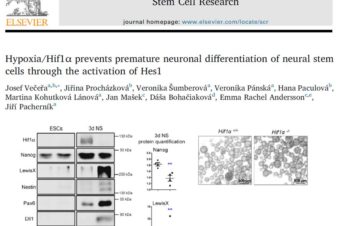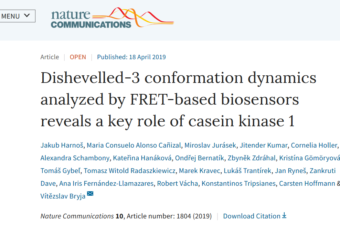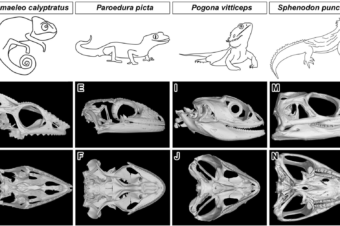It has been known for many years that in temperate climates the European honey bee,
Apis mellifera, exists in the form of two distinct populations within the year, short-living summer bees
and long-living winter bees. However, there is only limited knowledge about the basic biochemical
markers of winter and summer populations as yet. Nevertheless, the distinction between these two
kinds of bees is becoming increasingly important as it can help beekeepers to estimate proportion of
long-living bees in hives and therefore in part predict success of overwintering. To identify markers
of winter generations, we employed the continuous long-term monitoring of a single honey bee
colony for almost two years, which included measurements of physiological and immunological
parameters. The results showed that the total concentration of proteins, the level of vitellogenin,
and the antibacterial activity of haemolymph are the best three of all followed parameters that are
related to honey bee longevity and can therefore be used as its markers.
Similar Posts
Cena za poster na konferenci 7th International Congress of Nematology
Začátkem května se naše Phd studentka Sara Eliáš zúčastnila mezinárodní konference 7th International Congress of Nematology... Read More
Cena děkana PřF MU pro Martinu Šindlerovou
Naše studentka Bc. Martina Šindlerová získala Cenu děkana PřF za rok 2024, gratulujeme! Celá zpráva... Read More
Konference
Zúčastnili jsme se mezinárodní konference International Congress on Invertebrate Pathology and Microbial Control & 52nd... Read More
Hypoxia/Hif1α Prevents Premature Neuronal Differentiation of Neural Stem Cells Through the Activation of Hes1
Stem Cell Res. 2020 May;45:101770 ABSTRACT: Embryonic neural stem cells (NSCs), comprising neuroepithelial and radial... Read More
Dishevelled-3 conformation dynamics analyzed by FRET-based biosensors reveals a key role of casein kinase 1
Dishevelled (DVL) is the key component of the Wnt signaling pathway. Currently, DVL conformational dynamics... Read More
Coordinated labio-lingual asymmetries in dental and bone development create a symmetrical acrodont dentition
Abstract Organs throughout the body develop both asymmetrically and symmetrically. Here, we assess how symmetrical... Read More





